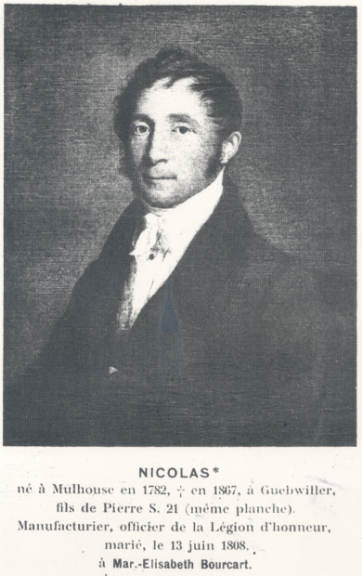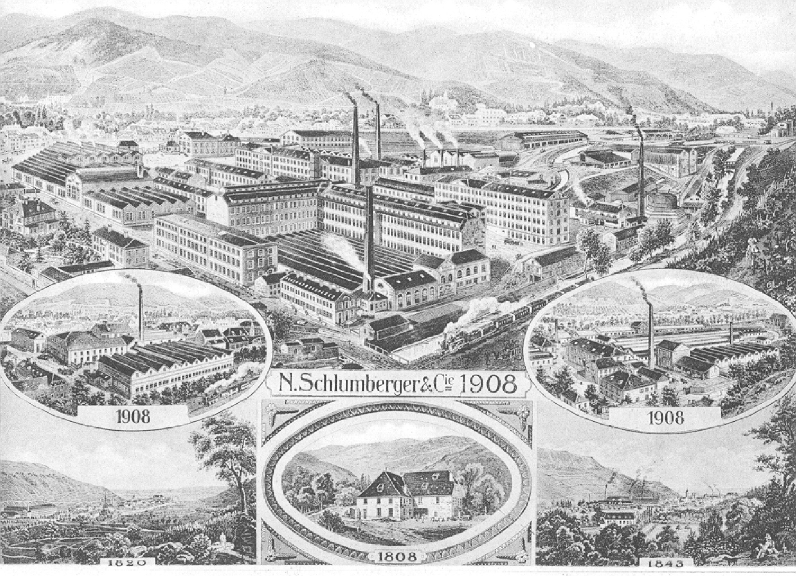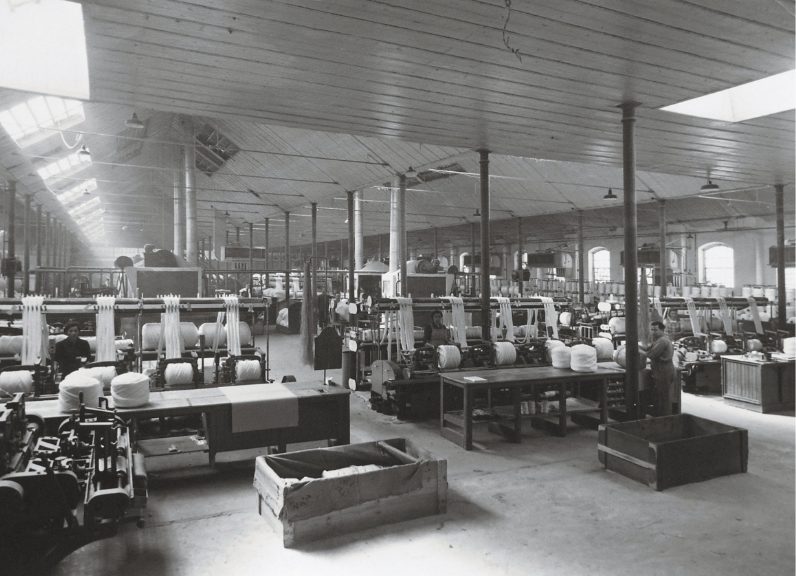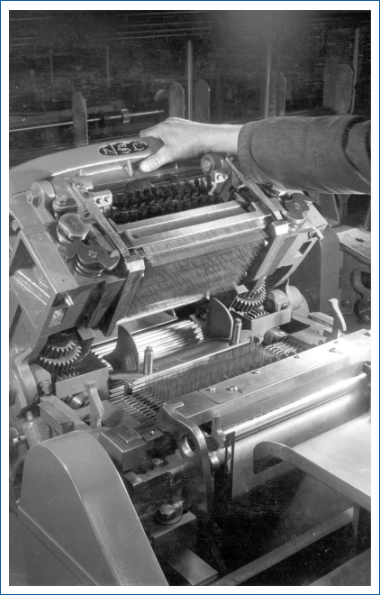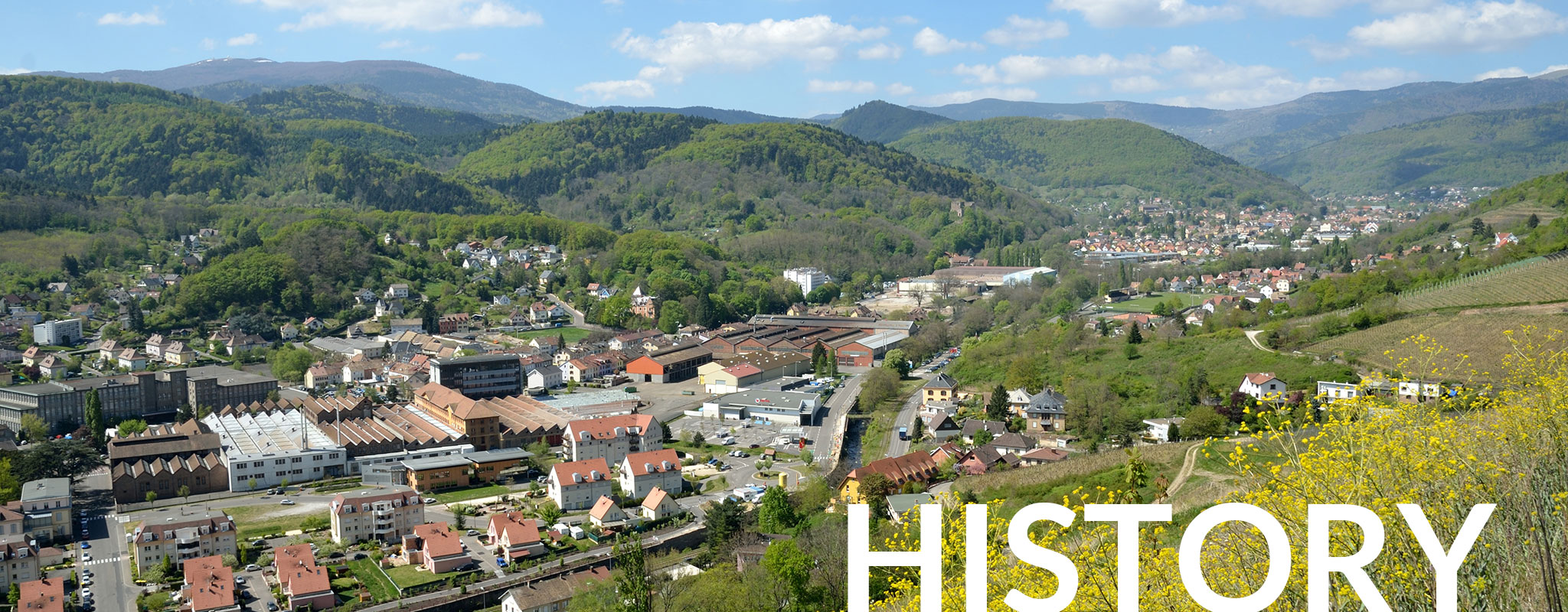
Two centuries of know-how
In 1810, Nicolas Schlumberger established a mechanical cotton spinning mill in Guebwiller, in France. The 1811 British blockade forced him to build his own machines and components. This is how he developed a mechanical workshop. With the help of the best engineers at that time, his machines were quickly adopted by a large number of local textile companies.
In order to continue to innovate, Nicolas Schlumberger worked closely with Josué Heilmann, a well-known textile inventor. It was in the Nicolas Schlumberger & Cie (NSC) workshops that Mr. Heilmann developed the basic principles of mechanical combing, which is still used today. The patent was registered in 1843 and three years later, the first rectilinear combing machine was produced in the NSC workshops.
When Nicolas Schlumberger died in 1867, he left behind him a successful company that was already known worldwide.
The company continued to expand up until the First World War. The new models of machines were adopted by worsted yarn spinners as soon as they came out.
From 1945 onwards, N. Schlumberger & Cie was able to meet the strong demand of the international textile market by offering modernized and diversified equipment.
In 1950, N. Schlumberger & Cie began specializing in machines for combing and spinning long fibres. By opening sales offices and subsidiaries in Austria, Germany, Italy, USA and Uruguay, N. schlumberger & Cie was able to increase its global stature.
In 2005, the company renamed n. schlumberger, took control of one of its competitors in tow breaking, the German company Seydel. In 2016, the Italian manufacturer Sant’Andrea Textile Machines (SATM) was also acquired. In 2020, another Italian company, Cognetex, a manufacturer of spinning frames was taken over. These successive takeovers allowed n. schlumberger to become one of the world’s undisputed leaders in textile lines for long-staple fibres.
The aim of n. schlumberger is to remain the leader in long fibre textile machinery from “Fibre to Yarn”.
Nicolas Schlumberger
started his industrial activity.
Creation of the company
Nicolas Schlumberger creates the company including the first spinning mill and textile machinery shop.
First production
First production of rectilinear combing machine.
Modernization
Consolidation and modernization of lines allowing mass production (gillbox, intersecting…)
Destruction of the factory
The factory is partially destroyed but rapidly recovers. A network of agents is created.
Renovation
After 1945 the factory is completely renewed with the latest innovative industrial machines.
Specialization
Ernest Schlumberger change, the name in NICOLAS SCHLUMBERGER & Cie. The company specializes in itself in long staple natural fiber’s machinery.
Acquires and developments
SCHLUMBERGER & Cie acquires the control of THIBEAU, ASSELIN, SAME and develops the non-woven sector.
Creation of the NSC group
n.schlumberger makes a Joint Venture with Sant’Andrea Novara, Seydel and Cognetex creating the world leader group in long staple machinery n.schlumberger took control of Seydel (2005), SATM (2016) and Cognetex (2020).
200 years
NSC, with 200 years of innovations, maintains its tradition of exploring new fields of technology.
